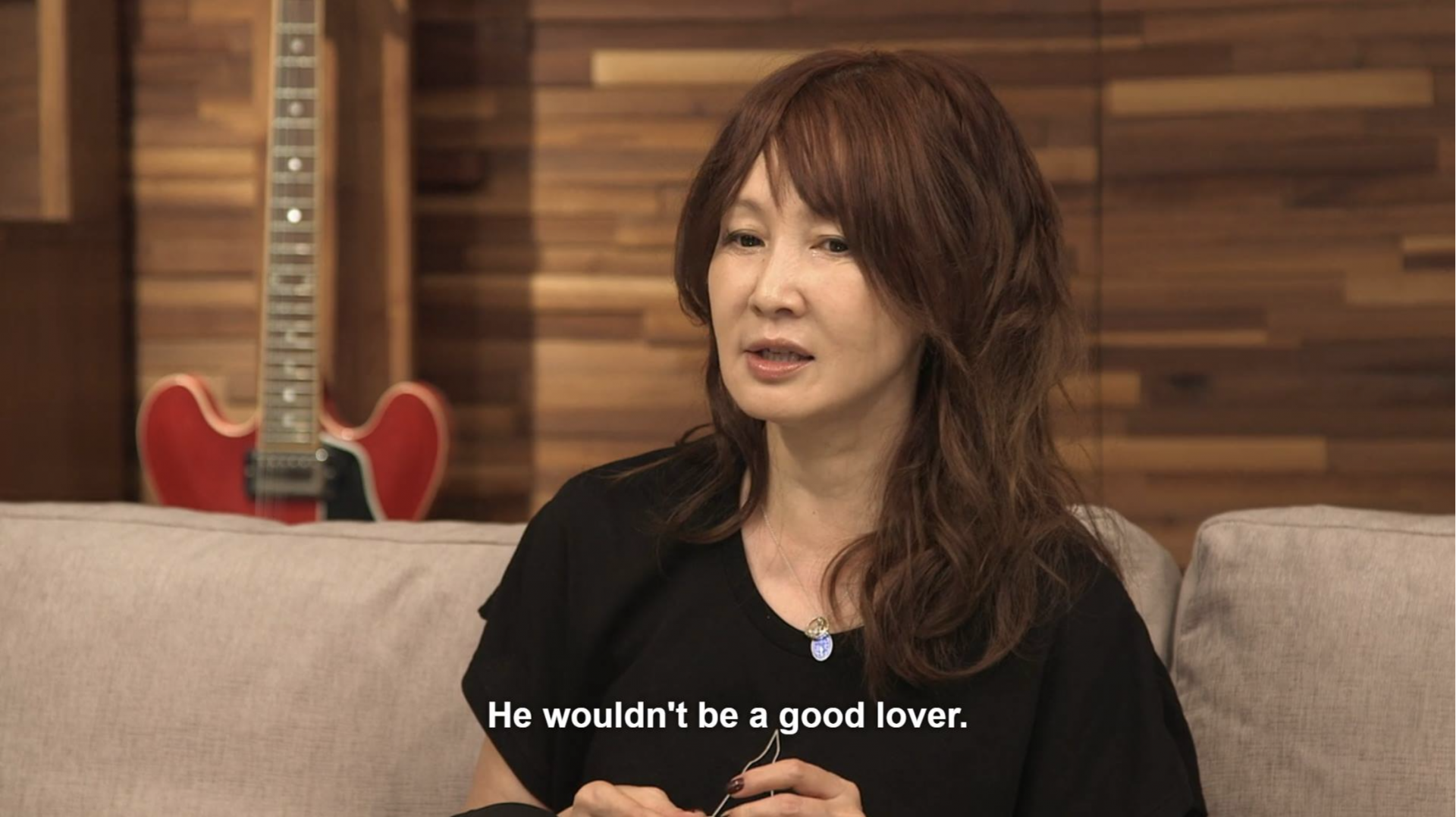In November of last year, Netflix began streaming the new edition of their popular Terrace House reality series, but don’t feel bad for not knowing about it. Terrace House began as a Fuji TV production in 2012, and was originally broadcast through Japanese Netflix. Aloha State is the first time the series’ titular Terrace House has been outside of Japan: This series is based in Hawaii.
Terrace House Aloha State is the newest series for the reality hit which became popular in Japan because of the show’s unique premise of having no premise. Terrace House isn’t a competition. The housemates aren’t fighting over a final prize, and best of all, there’s no script. Terrace House follow six strangers who come to live under the same roof while they follow their passions. Relationships develop and even the Terrace House isn’t completely without drama but Part One of Terrace House Aloha State, available on Netflix right now, is one of the services most binge-worthy shows.
As a man who’s been watching The Bachelor with the wide-eyed amusement of a cat playing with a laser beam, I can say wholeheartedly that I understand the appeal of trashy reality shows. What makes Terrace House Aloha State such a welcomed relief is that it avoids the manufactured drama that shows like The Bachelor consistently fall back to. If you have heard the name Corrine in the last few weeks, you know what I mean.
The last season of The Bachelor put Corrine front and center because of her villainous persona when there were a number of women who were more fun to watch. It’s impossible to watch one of these fights unfold and not wonder how much of what you’re watching is real and how much was encouraged by producers.
I don’t mean to bash The Bachelor; as I said before, I’m a fan, but in a world of reality shows that do the same thing, Terrace House Aloha State is a breath of fresh ocean air.
The small cast, only three men and three women are diverse and talented. Lauren Tsai, 18, is a talented artist, Ethan Yusuke Aizawa, 18, has already released an acoustic guitar album, and Eric De Mendonca, 27, is a carpenter designing and building his own cafe with a friend.
The lack of a script doesn’t mean that Aloha State is without drama, but what separates it from other reality shows is that the conflicts raised in each episode are real and relatable. Awkwardly trying to ask someone out, trying to be a good friend without sending misleading signals and having uncomfortable conversations between roommates about cleaning up messes. Nobody in the Terrace House is perfect or repulsively evil, and that’s abundantly clear in each episode of Part One.
What American audiences will need to adjust to is that Terrace House has never had a traditional host along the lines of a Chris Harrison. Each episode opens with a panel of studio commentators who introduce the episode, recapping the important events that have happened, and giving their sometimes brutally honest opinion on what’s happening in the Terrace House. They’re watching each episode, the same as the viewer. Their hopes for relationships and reactions to heartbreaking moments are like watching the show with a group of friends who are just as engaged by what they’re watching as you are.

There is no show on Netflix that will hold your attention like Terrace House Aloha State can. Immediately you’ll find yourself endeared to the cast and want to see them succeed in each of their own goals, and when that doesn’t happen, it’s crushing in a way that the best shows can’t equal.
It’s time to get on the Terrace House Aloha State bandwagon. Four Parts to Aloha State have been released, and if you’ve found yourself burnt out by the reality show formula perpetuated by Jersey Shore, Vanderpump Rules or any of the various incarnations that Kardashian “shows” have taken over the years, then do yourself a favor and start the first episode. A little over four hours later you’ll be thankful.




